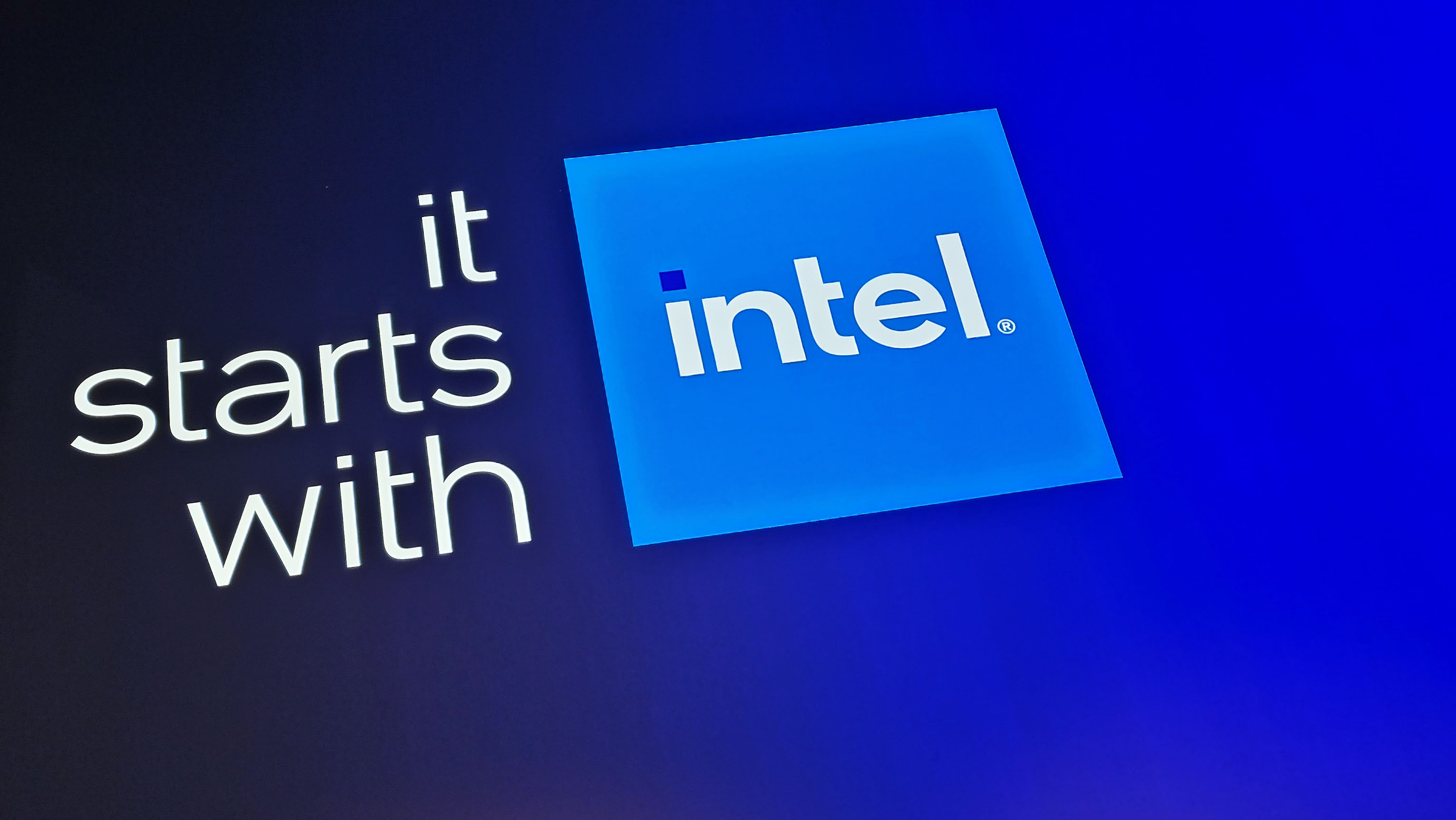
What you need to know
- Intel announced its latest Intel vPro platform for its new Core Ultra and 14th-generation processors at Mobile World Congress.
- Intel vPro is an enterprise-focused platform designed to help IT admins monitor, update, and troubleshoot PCs.
- One of the main benefits of Intel vPro PCs is that IT departments can manage them without requiring physical access to the systems.
- Today's announcement from Intel focuses heavily on the AI features that are now extended to its Intel vPro platform.
Commercial customers will have access to AI features this year, thanks to the new Intel vPro platform. Intel shared an announcement at Mobile World Congress today explaining how AI will "usher in new PC experiences for enterprises, small- and medium-sized businesses, the public sector including education, and the edge." Intel Core Ultra processors and Intel Core 14th Gen processors will receive a boost from AI, though I'll focus on Intel's 14th Gen chips here.
This year, the portfolio of commercial laptops powered by Intel chips will include Acer, ASUS, Dell, Dynabook, Fujitsu, HP, Lenovo, LG, Microsoft Surface, NEC, Panasonic, Samsung, and VAIO. There will be over 100 notebooks among those PCs, including desktops, 2-in-1s, and entry workstations.
What is Intel vPro?
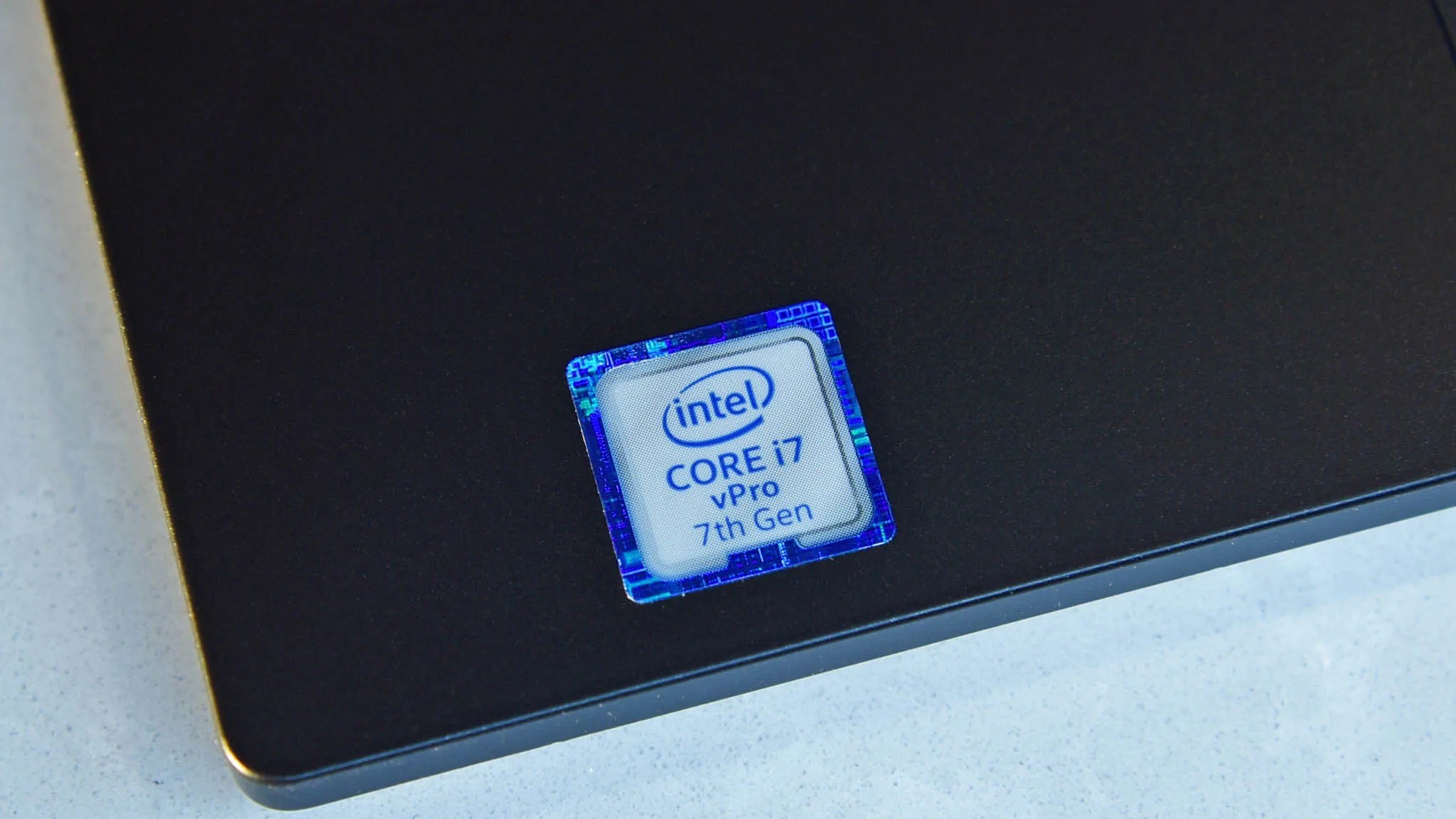
Intel's vPro is a business computing platform. If you're an everyday general PC user, you likely never need to know what vPro is or buy an Intel vPro PC. But if you work in business, Intel vPro has essential features for device management and other enterprise needs. Security, device management, and productivity are all enhanced on Intel vPro PCs compared to their non-vPro counterparts.
It takes more than a processor for a PC to be branded with vPro. A system needs management-optimized networking, specific memory, and I/O components, as well as Windows 10 Enterprise or Windows 11 Enterprise.
One of the main benefits of Intel vPro is that it allows IT departments to monitor, update, and troubleshoot PCs without requiring physical access. This is increasingly important in hybrid work environments but is also helpful for large companies where dealing with a PC in person would be troublesome or take too much time.
Intel vPro computers are generally more expensive than their non-vPro counterparts, but that's a tradeoff you make if you need to manage devices remotely or require the other benefits of the platform. Some laptops that are commonly used in enterprise have vPro and non-vPro configurations, so you don't always have to choose between a laptop you love and vPro.
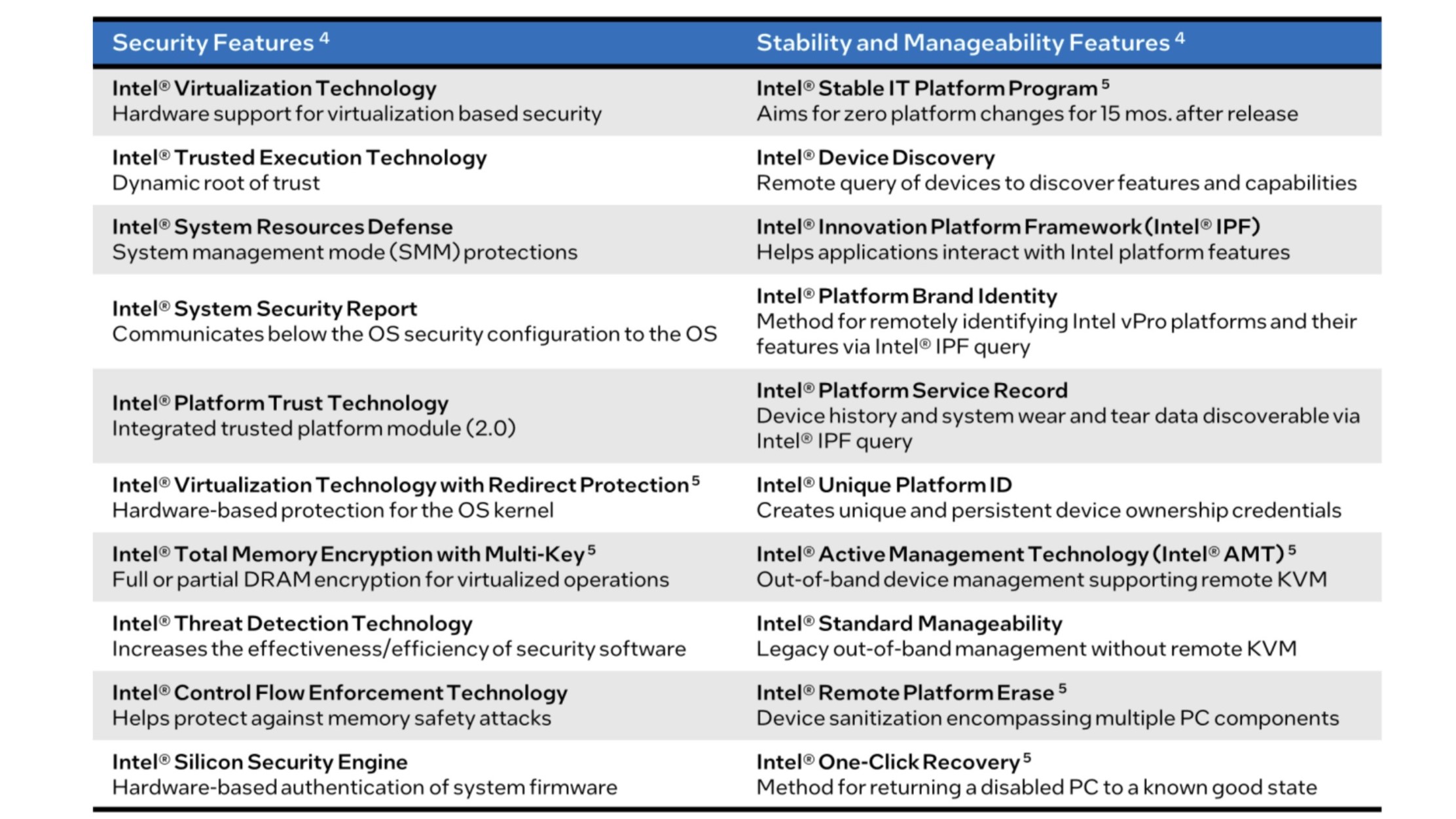
Explicitly referring to the latest Intel vPro chips, users can expect to see a 47% improvement in application productivity when compared to a three-year-old PC. Security, manageability, and stability are all improved as well with the latest Intel vPro platform.
What is an AI PC?
As with many pieces of technology in 2024, new Intel vPro PCs will have AI features. Everything from blurring your background during a video call to generating complex images is available through the power of AI. Intel's AI PC Acceleration Program has more than 300 AI-accelerated features, several focusing on productivity and content creation.
AI can also help creators with powerful features like ray tracing and upscaling videos to 8K. Microsoft and Intel are at the front of the AI charge, along with other tech giants such as Qualcomm and NVIDIA. Microsoft and Intel have worked together closely for years, continuing with the push for AI-enhanced productivity.
Intel Core Ultra processors with vPro come with an NPU (Neural Processing Unit) built in to function as an AI accelerator. Conversely, Intel 14th gen with vPro will continue to rely on the CPU or GPU for AI tasks due to them being an older architecture.
"This is a pivotal time in enterprise technology, and we are extremely proud of the deep partnership between Microsoft and Intel," said Microsoft General Manager of Windows James Howell. "With the combination of Copilot and Intel Core Ultra silicon, we're bringing improved efficiency, better graphics, and new AI experiences in productivity and creativity at scale with the AI PC."
What is Intel Meteor Lake and Core Ultra?
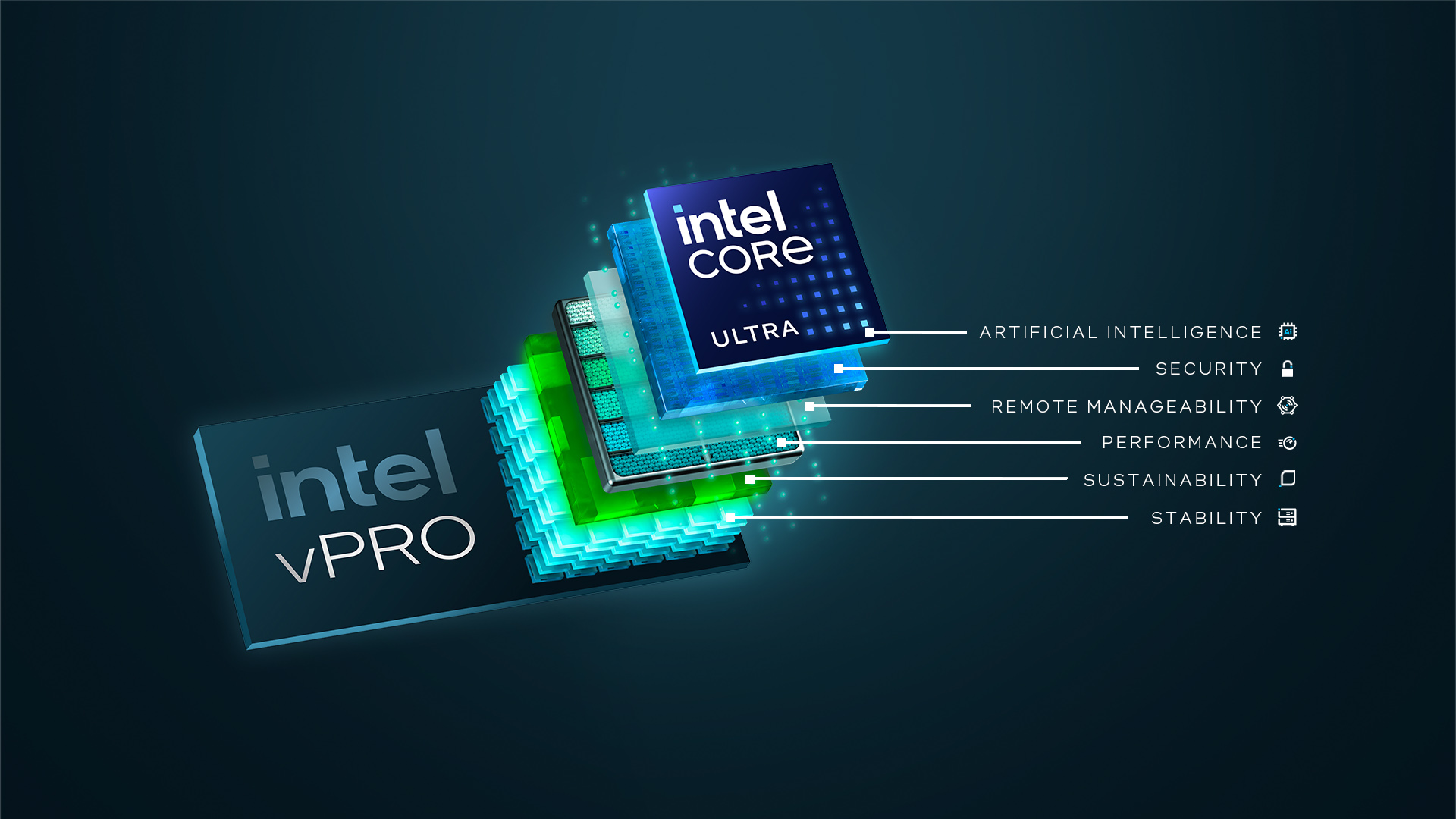
Meteor Lake is the codename for the next generation of Intel CPUs, with the biggest shift in chip architecture in 40 years. The commercial name, however, is Intel Core Ultra processors. While you can use them interchangeably, Meteor Lake often references the architecture demarcation. Core Ultra is how those chips are advertised in commercials and by laptop makers, i.e., the brand name.
Meteor Lake has been on the roadmap for years, and Intel took the wraps off it late last year. It's the first Intel CPU built on the Intel 4 process. Following the old naming convention that Intel followed, Meteor Lake chips would have been known as Intel 14th Gen, but that's no longer the case since Intel changed how its naming structure works.
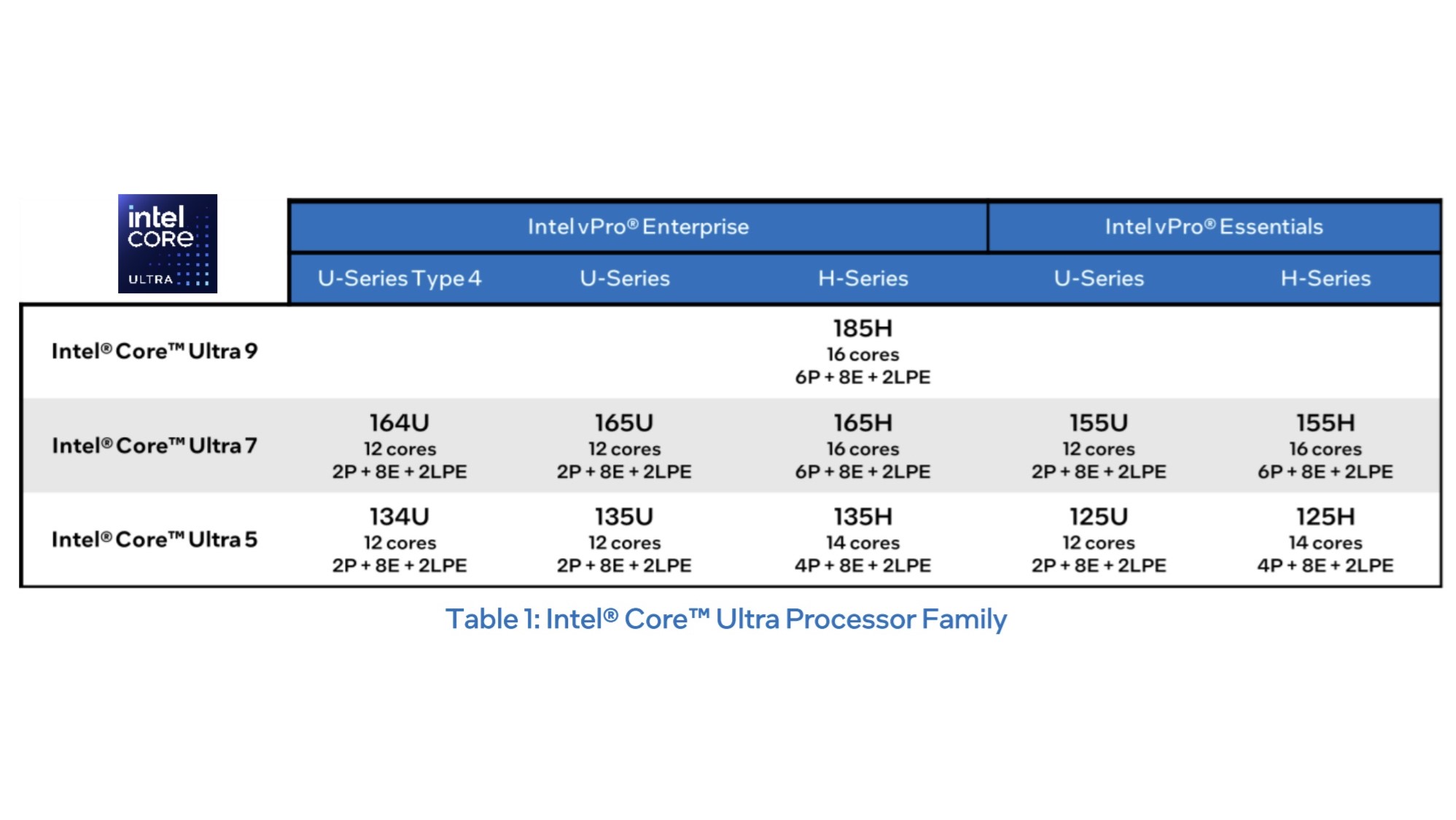
There are several changes seen in Meteor Lake CPUs, but the biggest is what's called disaggregation. In layperson's terms, core parts of the chips are separated to improve efficiency and performance. With core components separated onto different tiles, the SoC can turn off certain chip parts when unused. For example, local video playback is no longer on the graphics tile, so the GPU "shuts off" when you're just watching locally stored videos.
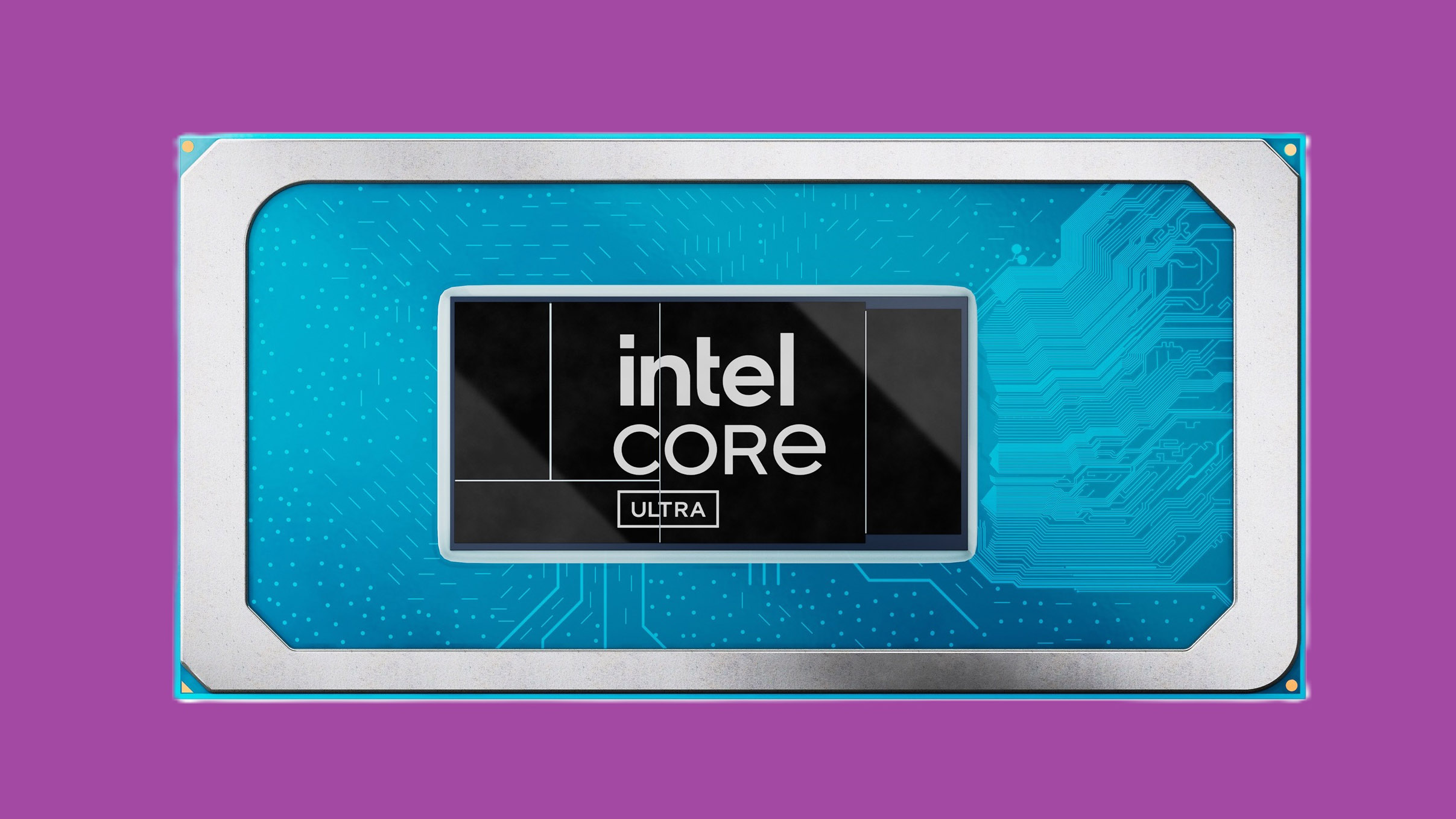
Meteor Lake chips also feature low-power island E-cores ("efficiency") for lower-power functions and P-cores ("performance") for more demanding tasks. The general concept of E-cores and P-cores has been seen in Intel since Alder Lake, but they were improved in Meteor Lake. There are also more E-cores in Meteor Lake chips than in previous generations.
The result is a processor that wastes less power. It's a bit like a car. You wouldn't rev the engine to full power to move forward a few feet. You'd want your car to use even less power when just idling. That's the case with Meteor Lake, which aims to sip power when idling and use its cores efficiently when getting work done.







